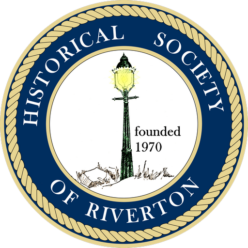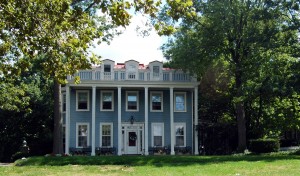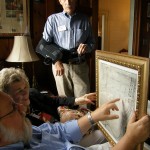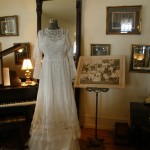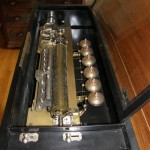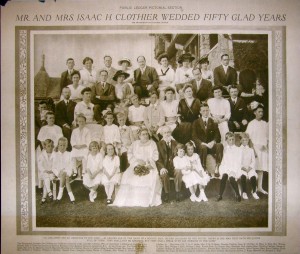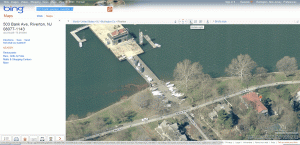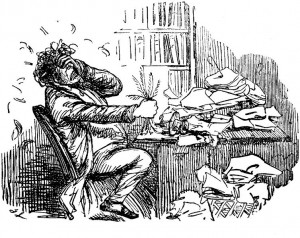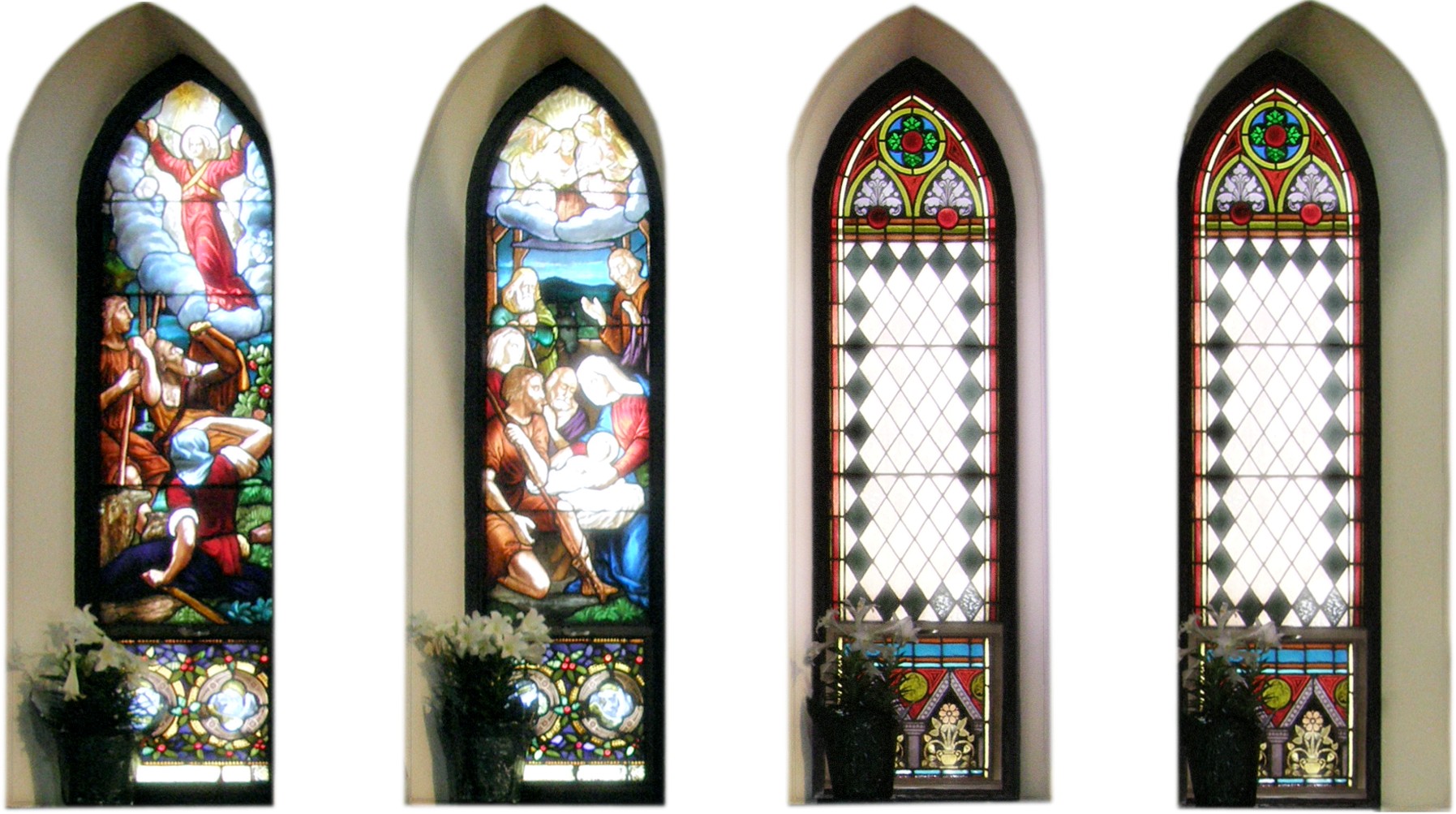
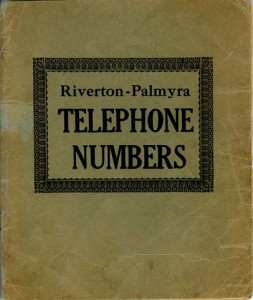
I promised two weeks ago to post a scan of Carl McDermott’s c.1928-1929 Riverton-Palmyra telephone book, but I knew that I’d better do my homework first. When I speak to Carl, it reminds me of that Kevin Bacon game—Six Degrees of Separation— because, like so many Rivertonians, he can probably be connected to someone you know in just a few steps, or degrees.
Carl’s mother gave birth to him at 721 Cinnaminson Street—on Riverton’s own Irish Row—90 years ago this past October. His mother, Mary McDermott, worked for the New Jersey Bell Telephone Company as one of Riverton’s switchboard operators for 35 years.
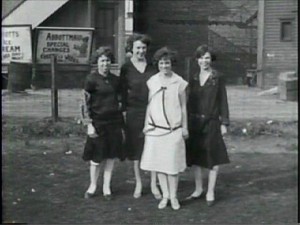
Here are Mrs. McDermott and some co-workers as they appeared in the 1926 film, The Romance of Riverton, which Town Historian Betty B. Hahle helped preserve some years ago. Click here to view a 33 second clip from the 43 minute video that was made from the rescued film. The following description of that scene appears in the booklet that accompanies the DVD:
The Price building, on Broad between Church Lane and Main on Broad, was erected in 1891, on the former site of the Episcopal Church and churchyard. Many businesses started here. The Telephone Exchange moved to the 2nd floor soon after the turn of the century, and soon occupied both the 2nd and 3rd floors. Four young ladies shown near Church Lane are: Mary Bell, Mary McDermott (who identified both groups), ( ? ) Hanson, and Betty Steinbach. The telephone operators are: Hazel Woolford, Ethel Hanson, Mrs. Radcliffe (supervisor), Ruth Hanson, Oc1ey Ebert, and Frances Reidenbaker.
As a lad during the late 1920s, Carl spent several evenings at his mother’s side one summer on the third floor of the Price Building, now the upper level of Zena’s dining rooms at Broad and Main. Working evenings alone, she had been alarmed by someone trying the locked door at the back door to the fire escape, so Carl and his two brothers took turns at guard duty and slept on a cot.

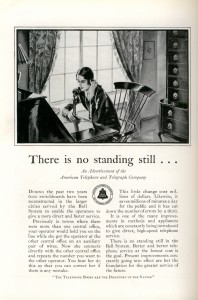
While safeguarding his mom from midnight prowlers, young Carl picked up some on-the-job operator training. She showed him how she listened through her headset for the caller’s request for a number, and then manually matched a cord to a jack in order to connect the parties. She also recorded times for some calls on yellow slips of paper.
This story all unfolded because I remarked to Carl about the short phone numbers of only 2-4 digits and I asked how the caller dialed the number.
Here’s the listing for Schwering’s Hardware Store, an establishment which has served the region since 1922.

“Dial! They didn’t dial,” Carl explained. The caller rang for the operator and they told her the number of whom they were calling. I won’t even try to explain a party-line and a world without call-waiting, voice-mail, and texting to the smart-phone generation.
For others like me who may need a refresher on the state of communication technology of the late 1920s/1930s I included these great old telephone print ads from periodicals of the day, courtesy of modernmechanix.com.
Click here to download the Riverton-Palmyra phone book , c. 1928-1929. Two pages/one sheet on Palmyra are missing. Thanks so much to Carl for letting me borrow his phone book so that it could become part of our website. (revised 12/5/11 some viewers reported difficulty with original link)
Now, who will you look up in the pages of this old phone book? – John McCormick, Gaslight News editor
